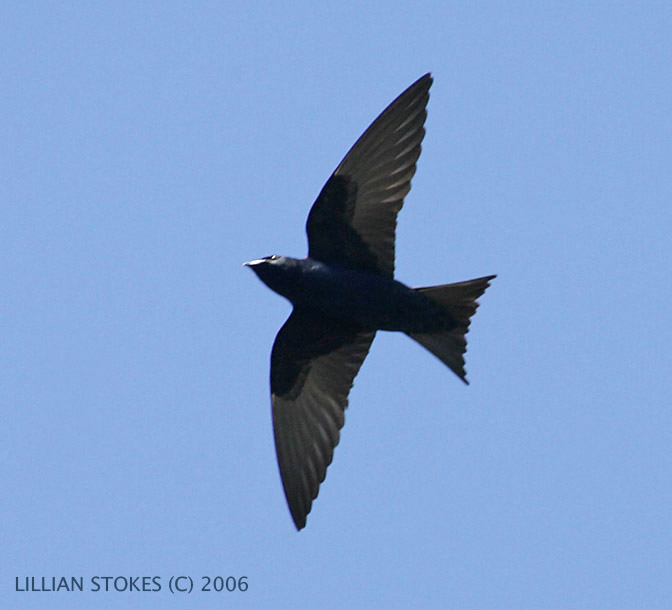
Their entrance hole was a rectangular slot measuring 2-3/4″ wide and 1-1/4″ high placed flush with the porch and compartment floor.

Fish & Wildlife Service and used successfully in the Pacific Northwest (i.e., in Oregon and Washington).

Guess what? They seemed to work! A similar starling-proof hole has been recommended by the U.

He also has tested the entrance design in several locations around Lantana, FL., near the southern limit of the martin’s breeding range. Because martins didn’t coevolve with the severe depredations caused by these non-native pests, they didn’t lay enough eggs to compensate – therefore, martin populations declined severely from what they were a century ago.Īs one of the founders and officers of the Purple Martin and Bird Society of Southeastern New Brunswick, Charlie had the membership test this innovative entrance design at the northern limit of the martin’s breeding range, throughout the province of New Brunswick. Unfortunately, starlings aggressively took over martin houses, where they bludgeoned martins to death with their long, sharp beaks, punctured and ate their eggs, and through their territorial aggression, prevented martin colonization at unmanaged martin houses. In the decades that followed, starlings spread, unchecked, like the feathered black plague, at the expense of many native cavity nesters. One of the reasons martins aren’t as abundant as they used to be, is because, in the 19th century, humans released a few starlings into this continent from Europe. It wasn’t a pretty scene as several colonies were literally overtaken by its brazen attacks.Ĭharlie McEwen had experimented with ways to keep the non-native, European Starling out of martin houses in the early 1980s. The search for the best hole to exclude starlings from purple martin houses started several years ago when it was determined that this introduced species had created havoc among the martins by destroying not only their eggs and young but adult martins as well. (the original Excluder is 1 3/16) To double-check that you have set the gauge correctly, (you can’t rely on a ruler to confirm if your eyes are of a certain age) one can use calipers, or you can insert it into a trusted opening, such as the one shown (cut by Sandy Bunn). Insert into an entrance and it should stop at 1 3/16 for crescents, and no larger than, or in between the lines, for 1 3/16 and 1 7/32 for openings with pips, such as Excluder II. I carefully draw a line at 1 3/16 and another at 1 7/32. It’s a piece of aluminum (could use plastic or even poster board for temporary use) cut into a tapered wedge on top and flat on the bottom. Begin with making a measuring gauge, and confirm its accuracy. Never over-open an SREH, as it will quickly lose its ability to restrict starlings. I offer this tip with two serious precautions 1. I sometimes find the openings are too small. ” I advise always measuring starling resistant entrance holes (SREH) on new housing, especially plastic ones on plastic houses or gourds, or in older housing that has never been occupied.” John Miller from the PMCA Forum gives his tip on checking and correcting hole size. The critical key to excluding starlings is to maintain the 1 3/16″ hole height so the martin can enter. You may wish to use a few round holes to start and then change over to suitable starling-resistant holes if they become problematic.

Modifications to these can be made to suit your location. Recommended citation for factsheets for more than one species: BirdLife International (2023) IUCN Red List for birds.Since purple martins like to live in colonies, it is best to offer housing with several compartments or single housing in a larger array. These come in wood, plastic, and aluminum. Stable Extent of occurrence (breeding/resident):īirdLife International (2023) Species factsheet: Progne subis. For these reasons the species is evaluated as Least Concern. The population size is extremely large, and hence does not approach the thresholds for Vulnerable under the population size criterion (10% in ten years or three generations, or with a specified population structure). Justification of Red List category This species has an extremely large range, and hence does not approach the thresholds for Vulnerable under the range size criterion (Extent of Occurrence 30% decline over ten years or three generations). Click here for more information about the Red List categories and criteria


 0 kommentar(er)
0 kommentar(er)
